
This is it - the machine that kickstarted a revolution in gaming
that would spread round the world in a matter of years!
Called the Odyssey, it had no microprocessors since they'd only
been invented in 1971 and this machine was pretty much a recased version of
the Brown Box that Ralph Baer at Sanders Associates had built in 1968. The
system consisted of a motherboard and several daughterboards that did individual
tasks such as draw the ball or the player or the wall - basically enough circuitry
to draw and move 4 objects on a TV screen - 2 players, a ball and a single
centre or edge line to act as a net or a wall. Coupled with game adapters
it could be 'programmed', ie the adapters changed the behaviour of the squares
rather than containing games themselves. Massively groundbreaking in 1972
- 100,000 were sold that year and another 100,000 the year after.
The controllers were bizarre in that you had 3 knobs on each
- a horizontal movement, a vertical movement and an 'English' movement which
allows you to put spin on the ball like in Pool and Snooker. When I get my
paws on a game cable for this machine (and assuming it works of course :o)
I'll be able to tell you whether this makes games more difficult or not -
I was crap with an Etch-a-sketch machine so I'm probably going to be similarly
crap with the Odyssey controls since they work the same way!
More units would've been sold had Magnavox not marketed the
Odyssey in such a way as to make people believe it would only work with Magnavox
TV sets! It was only in Magnavox sales bumf and the only available extra -
the lightgun - didn't sell well at all purely because of this. "I ain't
buyin' a new TV AND a $100 game machine!" Numbers have lightgun sales
at roughly 20,000.
Before it was released, a certain Nolan Bushnell (then at Nutting
Associates, producers of "Computer Space", his version of the world's
first video game "Spacewar" which ran originally on a Digital PDP-1
in 1961) attended a demonstration and rather foolishly signed the guestbook.
He found the game a bit boring, and a month later he'd quit his job and founded
Atari Inc. Remember them? :) He brought in an old Ampex colleague - Alan Alcorn
- and the first arcade Pong system was released.
Despite the lawsuit from Magnavox (it was clear Nolan had played
with the Brown Box - remember the guestbook!) PONG helped sales of the Odyssey
since it was viewed as 'the home PONG experience'. Atari themselves didn't
produce a home PONG till 1975 along with Magnavox who released the Odyssey
100.
All in all, 10 game adapters were available which meant there
were more than the original 12 games since a single adapter could play 3 games
or more.
This machine is a RUN2 NTSC machine from the good ol' US of
A and is missing its game cable which means I can't plug it into my TV card,
dammit. I might be able to make a replacement though. More news on that as
it happens.
Pictures
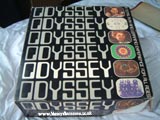 | 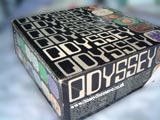 | 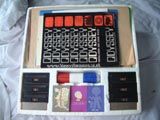 | 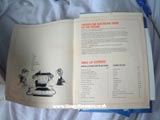 |
 | 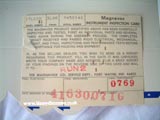 | 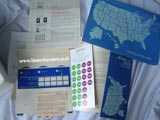 | 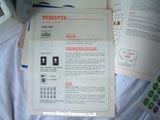 |
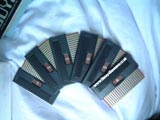 | 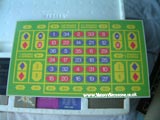 | 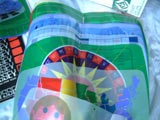 | 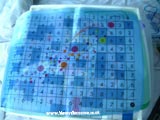 |
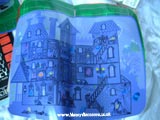 | 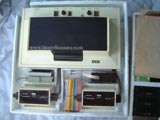 | 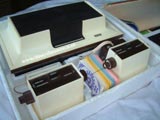 | 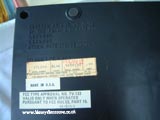 |
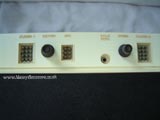 | 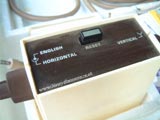 | 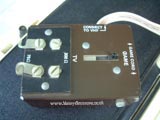 | 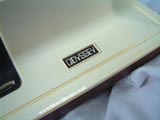 |
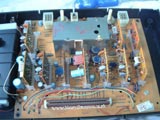 | 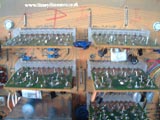 | 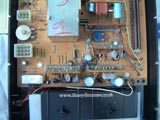 | 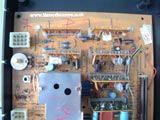 |
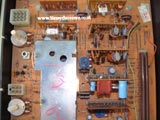 | 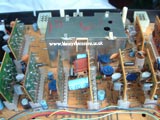 |  |  |